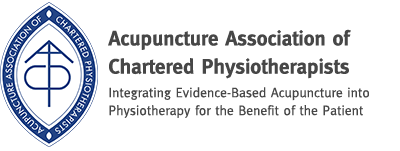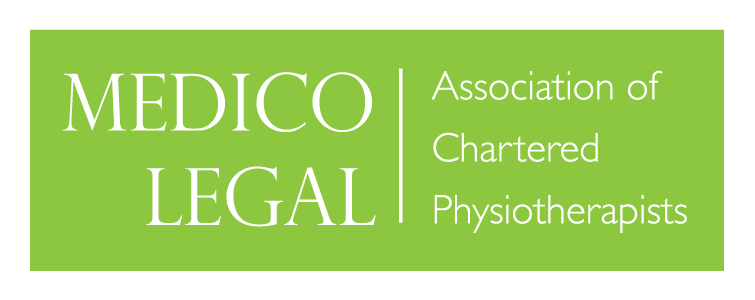By Jon Lewis BSc (Hons) HCPC, Chartered Occupational Health Physiotherapist
If you read my last article The Truth about High Heels you will know that I am not a big fan of high heels as their long term and frequent use can cause serious biomechanical imbalances, long term deformities and chronic pain.
The next modern invention to go on the chopping block is…..The Chair!
The chair has been around for a very, very long time in one form or another. Up until the 16th century, chairs were reserved mostly for the privileged as a display of wealth. Since Renaissance times the chair has become a more popular instrument used by the masses to relax. Nowadays, with the creation of modern technology such as cars, computers and televisions, we sit in chairs more than ever.
For many people their working day may look a little like this:
- Wake up
- Sit for Breakfast (10-20 mins)
- Drive to work (30 mins -1hr)
- Sit at desk/driving (4 hrs)
- Sit for lunch (30-45 mins)
- Sit at desk (4 hrs)
- Drive Home (30 mins – 1hr)
- Sit for dinner (20- 30 mins)
- Watch TV/read/ computer (up to 4 hrs)
If this day is anything like your day then you may be sitting for up to 14 hours a day. This is not only believed to contribute to the rising rates of obesity and cardiovascular disease, but it is one of the leading causes of pain in the back, neck, shoulders and head.
So What is the Problem with Sitting?
If we look at someone from the side in normal standing position, they will ideally have nice ‘S’ shaped spine – with an arched lower (lumbar) spine, rounded mid (thoracic) spine and arched neck (cervical spine). A perfect posture requires the ears, shoulders, hips, knees and ankles to be vertically in line with each other. This allows the body to move in an efficient, pain free way. Any deviation from this perfect posture causes undue stress to joints and soft tissues and will eventually cause postural imbalances and pain.
When someone sits in a chair they tend to sit on their tailbone (sacrum). This rolls the pelvis backwards, causing the lumbar spine to round, the thoracic spine to become rounder and the neck to arch more in order to keep the eyes level. This is a very difficult position for the body to sustain and over time it causes some muscles to become shortened, tight and hyperactive and some overstretched and weak. This eventually results in joints being pulled out of that perfect alignment mentioned above. By sustaining these unnatural postures day in day out for up to 14 hours a day you are pre-disposing yourself to a whole world of pain.
Musical Statues
As you read this I want you to freeze your body in exactly the position it is now as if we are playing musical statues….don’t move a muscle. Now observe your posture.
You are probably reading this article on a tablet, laptop, or PC and I can almost guarantee that you are in a very similar posture to the picture above. Your lower and mid back rounded, your neck either over arched or you are looking down and your shoulders are probably coming forward. If you are, and you suffer from headaches or any problems with your back, neck or shoulders, then sitting is likely contributing to this.
What Can You Do About It?
Very often these postural problems can be alleviated by following these two simple measures:
- Get up and move around every 20 -30 minutes
- Observe good posture with shoulders and neck gently held back and maintaining a nice ‘S’ shaped spine….no slouching
It can be very difficult to address postural problems especially at first. A physiotherapist will be able to assess and treat any imbalances you may have and they can offer advice on how you can easily address and reverse postural dysfunctions caused by prolonged chair use.
For further information on how Physiotherapy can help to ease and manage pain please click visit Central Physio
For details of how professional Occupational Health services can create and maintain improved wellbeing in the workplace, please visit Central Occupational Health






